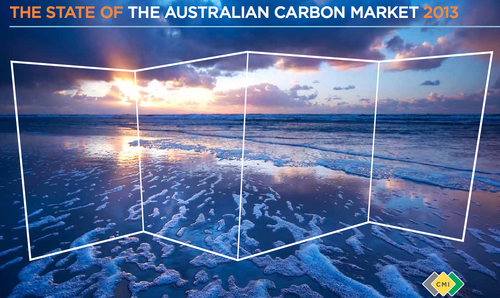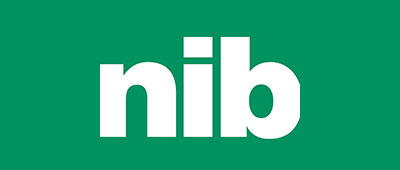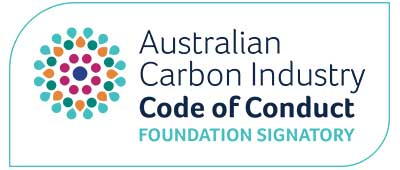State of the carbon market
Industry body Carbon Market Institute has released a report on State of the Australian Carbon Market 2013.
What did they find?
Well, in the first year of the market there were 287 million carbon units at a market value of $6.58 billion. About half the units were given away in free industry allocations, but this will reduce over time. Interestingly, about 40 million units were sold to the Clean Energy Regulator under the buy-back scheme and a further 35 million were traded on the secondary market (that is, traded to other entities after issue rather than just surrendered to the Regulator).
That’s quite the show! And gives a good impression of a functioning market?

State of the market report by Carbon Market Institute
What about the CFI?
21 CFI projects were issued nearly 1.8 million credits (or less than 1 per cent of the market). Credited projects were reforestation (12,000 credits), piggeries (8,000 credits) and savanna burning (26,000 credits), with the remainder being landfill. In fairness, as the CMI notes, many of the landfill projects transitioned from the former Greenhouse Friendly program and sequestration projects have a longer set up and return time. So the imbalance in crediting should square up in years to come.
In good news, 97 per cent of the CFI credits were sold to companies with a carbon bill to pay – the biggest buyers were Great Energy Alliance Corporation Pty Ltd, Stanwell Corporation Limited, CS Energy Limited and EnergyAustralia Yallourn Pty Ltd. Interestingly, while a 5 per cent cap on CFI credits applies while the fixed price period is in place, no one broke that mark this year. CFI credits typically traded just below the fixed price of $23.
So what does this mean?
Well, the CFI has made a slow but encouraging start, with many projects transitioning in to the CFI boosting the numbers of credits sold so far. And it’s good news that CFI credits are finding the market and being sold – the bigger companies have an incentive to make savings by buying CFI credits just below the fixed price.
But it will be interesting to see if the base of projects broadens in the second year – hopefully we will also see a few more Aboriginal projects. It will also be interesting to see if any Aboriginal or other projects are able to market their credits at a premium because of the broader community and environmental benefits they are delivering. It’s certainly a nicer story buying credits from a land project than paying the bill from the Regulator.
Better get to it.
























